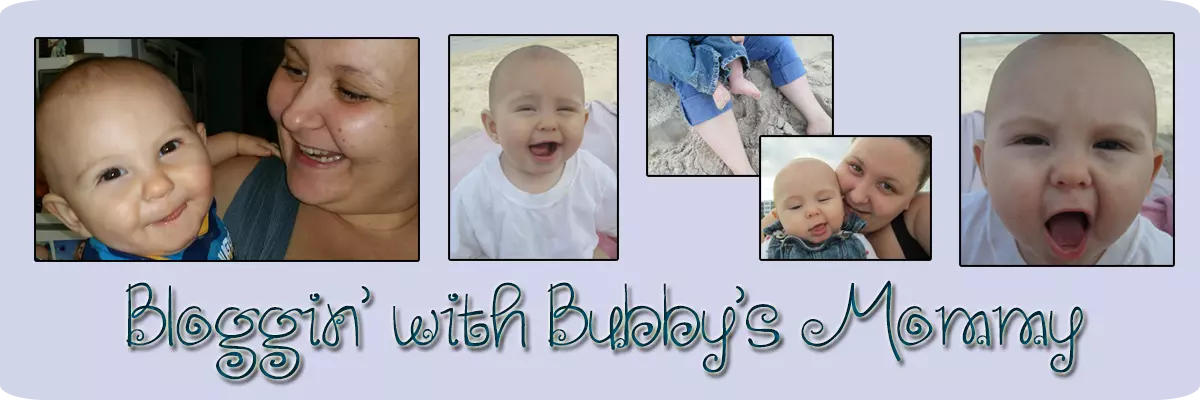Baby teething
Teething is something that all babies go through, and parents quickly learn to dread. Baby teething,
cutting teeth, and odontiasis all refer to the same painful process. Teething occurs when your child first
begins to show signs of teeth pushing through their gums, and most babies will let you know when this
uncomfortable process begins. While teething cannot be avoided, learning all of the facts about this
developmental process can make it less painful for you and your baby.
What Precautions to be taken?
There are not that many precautions parents need to take when their baby starts teething. In most
cases, taking care of newborn baby is difficult, this natural process of teething develops without any
problems, or outside interference. In some instances parents might notice that a tooth seems to be
growing out of place or is discolored, and a health care adviser should be contacted. Otherwise parents
will quickly learn that there is not much they can do to help their babies comfortably get through the
process, other than wiping up excess drool and cooling irritated gums.
What are the symptoms?
During the teething process, most babies will experience some degree of discomfort in their gums and
along the jaw. This is caused by the growing teeth pushing through the surface of the gums. Some of the
common signs that you might be getting ready to celebrate your baby’s first tooth can include red,
swollen gums, and even an occasional blister. Different teeth will also cause varying degrees of
discomfort, with molars usually causing the most problems. Unlike the sharper incisors which can easily
cut through the tissue in the gums, the flat molars generally take longer to push through. This will
usually cause more discomfort for your baby, and there are some common symptoms that parents can
watch out for.
* Difficulty getting your baby to go or stay asleep at night/sleeping problems.
* An noticeable increase in the amount of saliva.
* Loss of appetite.
* Increased fussiness and irritability.
* Your baby is frequently rubbing his ear and cheek area.
* Often chewing on their hands and fingers.
*A slight rash can also appear around the corners of your baby’s mouth, which is caused by the excess
saliva.
What care must be taken when the baby is undergoing this?
Teething is a natural process that babies go through, and in most cases you do not need to see a health
care professional. While there really isn’t anything you can do to speed up the uncomfortable process,
there are a few steps you can take to ensure the process is as painless as possible. One important tip to
remember is to rub your baby’s gums a few times a day with a clean, damp cloth. Not only will this help
to soothe irritated gums, it can also prevent bacteria from forming around the area where the tooth is
erupting.
Other tips that will help you care for your baby’s irritated gums include,
* Giving your baby a chilled teething ring or rubbing a cool cloth along their gums can help to numb the
discomfort.
* Some babies are already old enough to eat solid foods when they are teething, and these hard,
crunchy items can help to temporarily relieve minor gum pain.
* You do want to make sure to frequently wipe off the excess saliva from your baby’s face.
* Some parents do find relief for their children in over the counter treatments, but a health care
professional should be consulted first.
See Also: Wearable Baby Monitoring Devices Ineffective
At what age does this takes place
One important fact for parents to know, is that the teething process actually begins a few days before
your baby’s first tooth will begin to show. This can help you to understand why your normally happy
baby may suddenly become fussy and irritable. There is not a “set time” for babies to start showing
teeth, but the average age is between four to six months. It is generally accepted that most babies will
have their first tooth by six months of age, but some children won’t see theirs until later. Most dentists
agree that genetics will help to determine when your baby will first begin to show signs of teething,
which can help parents know when to start looking for the telltale symptoms.
What can be the consequences?
Thankfully there are very few consequences associated with teething. As long as parents watch to make
sure the baby teeth are growing in properly, and that the excess saliva is wiped up, there are usually not
any problems associated with this developmental milestone. Keeping the gums clean will prevent
potentially harmful bacteria from forming, and wiping drool off of your baby’s face can prevent a painful
rash from developing.
Summary
Almost all parents will experience the discomfort and irritability associated with teething, right alongside
their babies. Teething is a natural process that can’t be sped up or skipped over, and it is something that
parents and their babies need to endure. With a little time and a cool cloth to numb the discomfort you
and your baby can survive the teething process.
Get your FREE printable chart for keeping up with your babies teething progress!!
Author Bio:
Kelly Everson is an American author and MA in English literature. She is a health article writer who has written numerous articles journals on stretch marks, pregnancy, sleep disorders, female health and joint pain problems. She is also passionate about health, beauty and fitness. She is contributing to health care websites like ConsumerHealthDigest.com from 2011. Examiner from 2013, Epochtimes & Healthline from 2014.
Connect with her on Facebook and Twitter.

